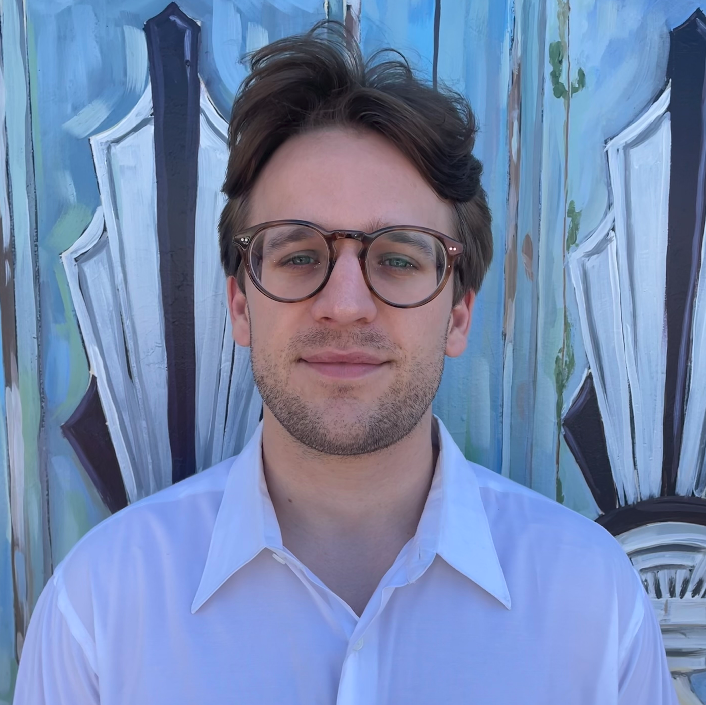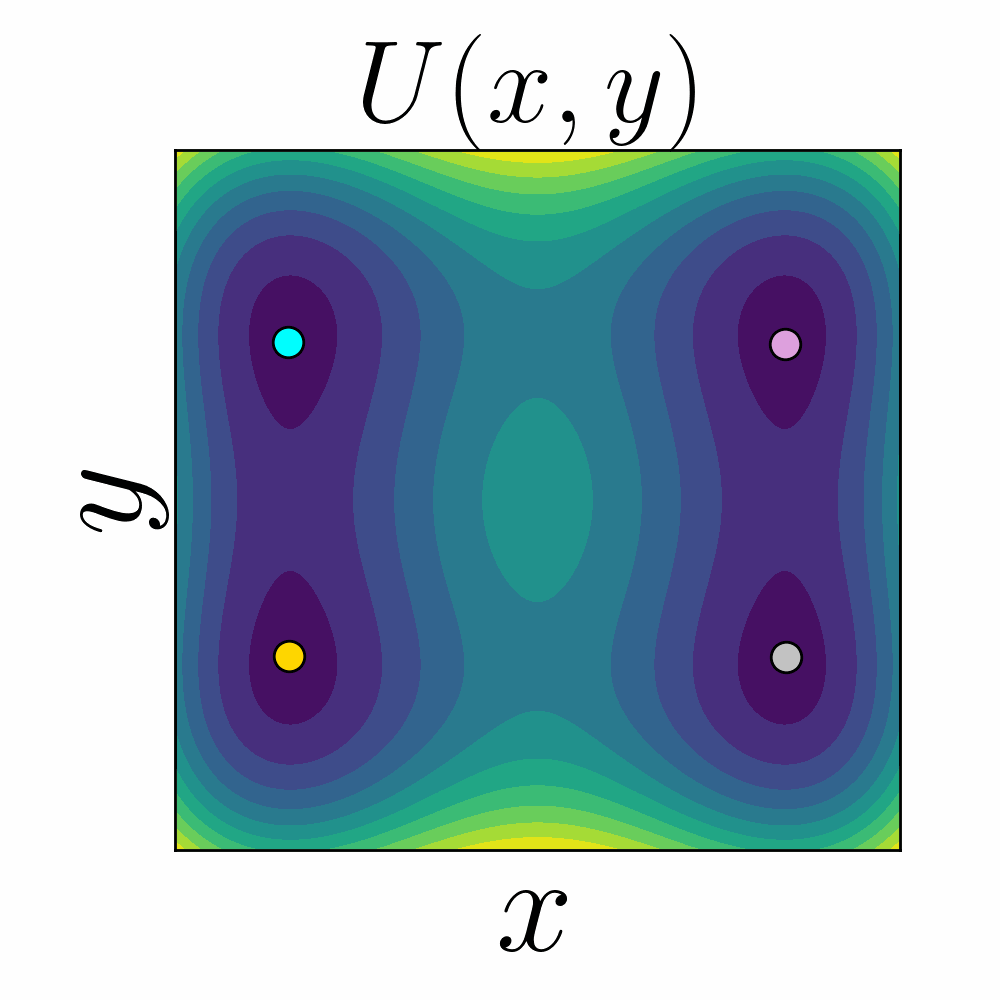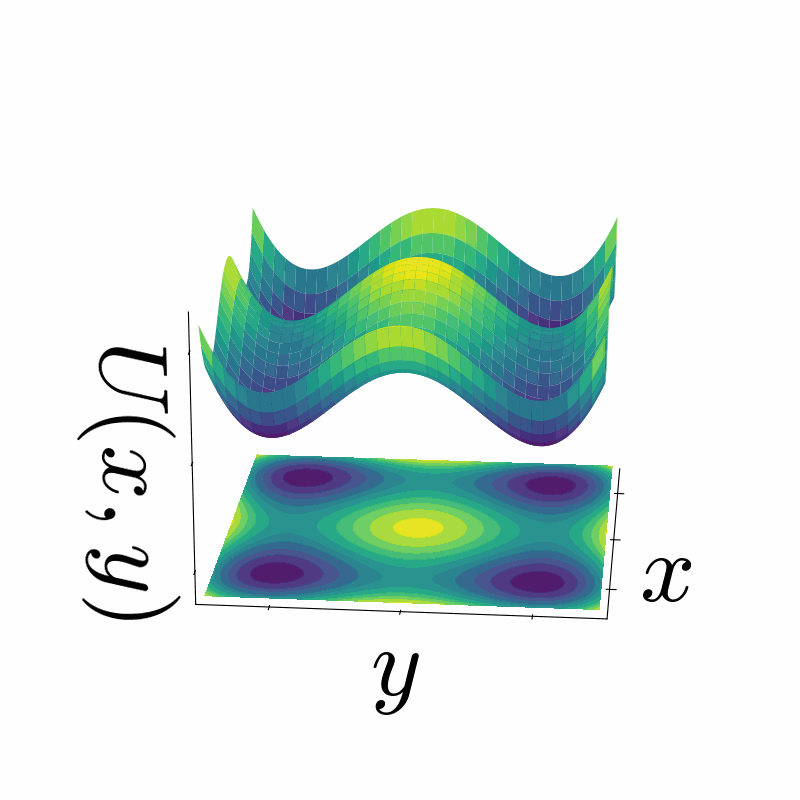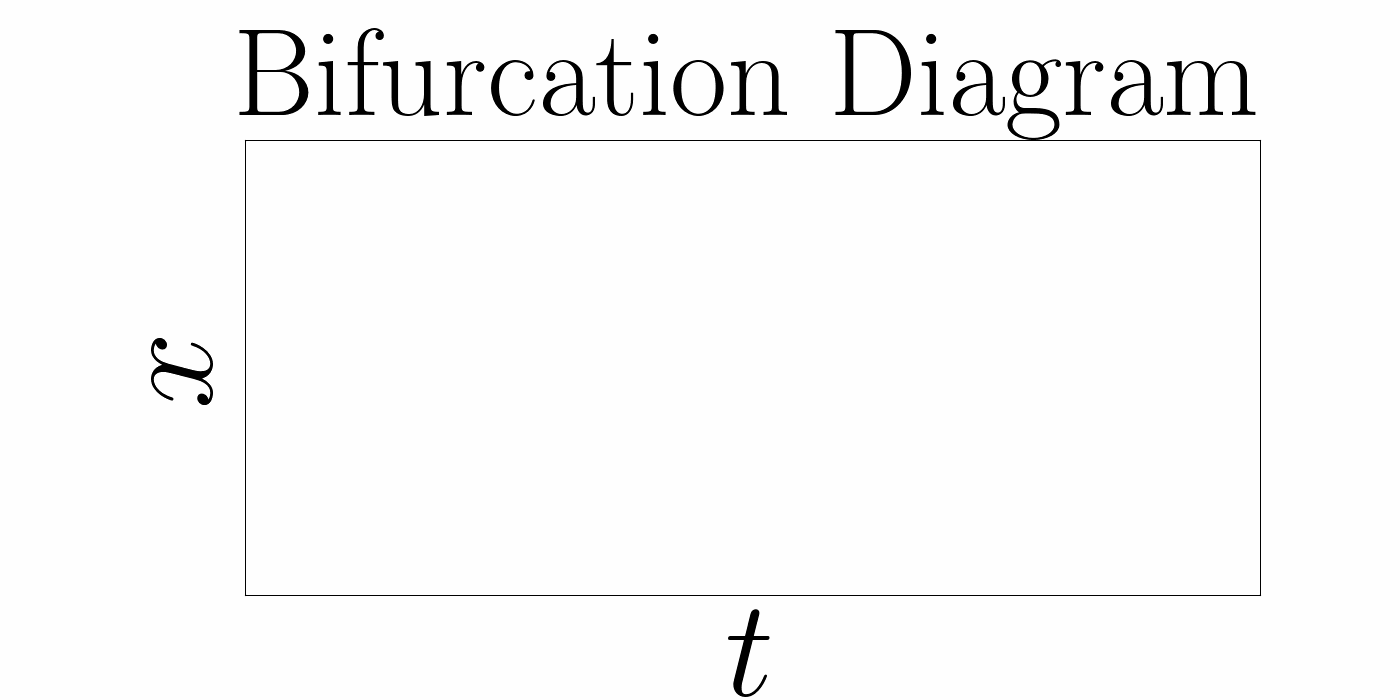|
Christian Pratt Fifth year physics Ph.D. candidate
|

|
ResearchAll computations are physical processes. To investigate them, I use the potential energy landscapes that are generated by Josephson junction-based superconducting circuits with tools from dynamical systems theory and stochastic thermodynamics. My peer-reviewed work extends conventional methods for deriving a device's Langevin equations of motion, and generalizes the Landauer information erasure operation to higher dimensions. |
Publications |
 |
Christian Z. Pratt, Kyle J. Ray, and James P. Crutchfield Chaos, 2025. Article PDF Preprint Read summaryWe introduce the Control Erasure (CE) protocol, which generalizes the Landauer information erasure protocol to an effective two-dimensional potential energy landscape. Performing a CE involves dynamically changing the landscapes' energy minima---corresponding to the landscape's darker purple colors---in order to control what information is erased or stored. An example CE involves erasing the yellow particle into the cyan particle's location, while storing the silver and pink particles within their respective minima. Executing successive CEs can lead to performing a NAND gate---an irreversible universal logic gate that is commonly used to construct modern computing architectures. We show how to carry out a NAND gate with a device created by inductively coupling two superconducting quantum interference devices (SQUIDs): This device can serve as a computationally fast and energy efficient universal computing substrate! |
 |
Christian Z. Pratt, Kyle J. Ray, and James P. Crutchfield Physical Review Research, 2025. Article PDF Preprint Read summaryPreviously, the network theory approach to analyzing superconducting circuits had limitations, such as only being able to consider at most one linear inductor per circuit loop. We void this assumption and address its consequences, and by doing so, we extended this approach to be able to handle more complicated superconducting circuits. As an example, we derived the potential energy potential surface generated by a device constructed from two inductively-coupled SQUIDs. This landscape will serve as a test-bed for constructing energy efficient universal logic gates, and investigating their thermodynamic performance. |
Recorded Talks |
 |
Complexity Sciences Center Aug. 14th, 2024 Video Read summaryTechnical seminar about the paper in the talk's title; its focus was to build up the intuition required for understanding the paper from scratch via figures and animations. For example, by showing how bifurcation theory can be used to understand the the Landauer protocol, this geometric perspective significantly helps with understanding more general information erasure protocols. Here, blue (yellow) stable (unstable) fixed points are both created and annihilated throughout the protocol. |
|
Website template from Jon Barron; inspired by Kelsey Allen and Dale Zhou. |